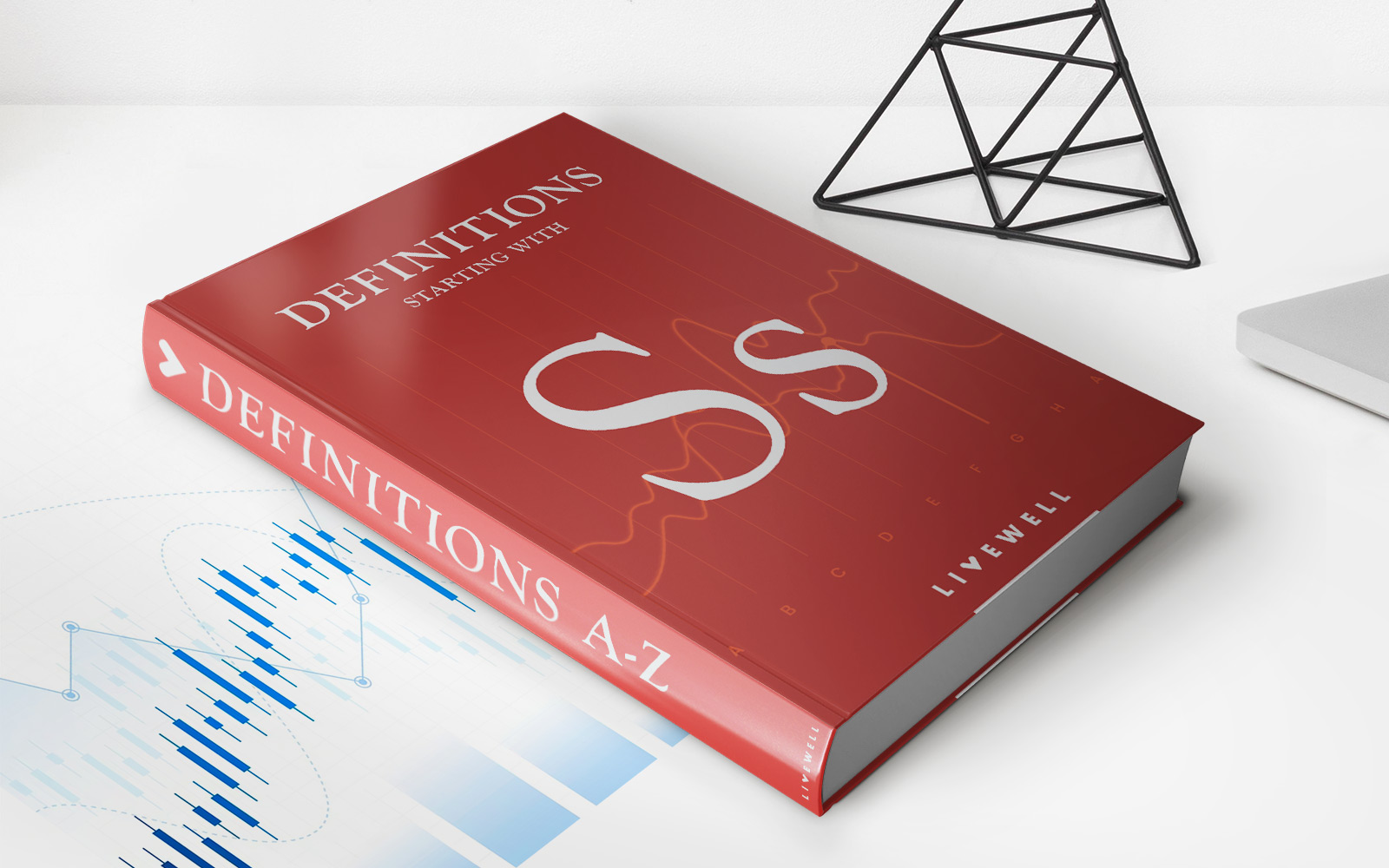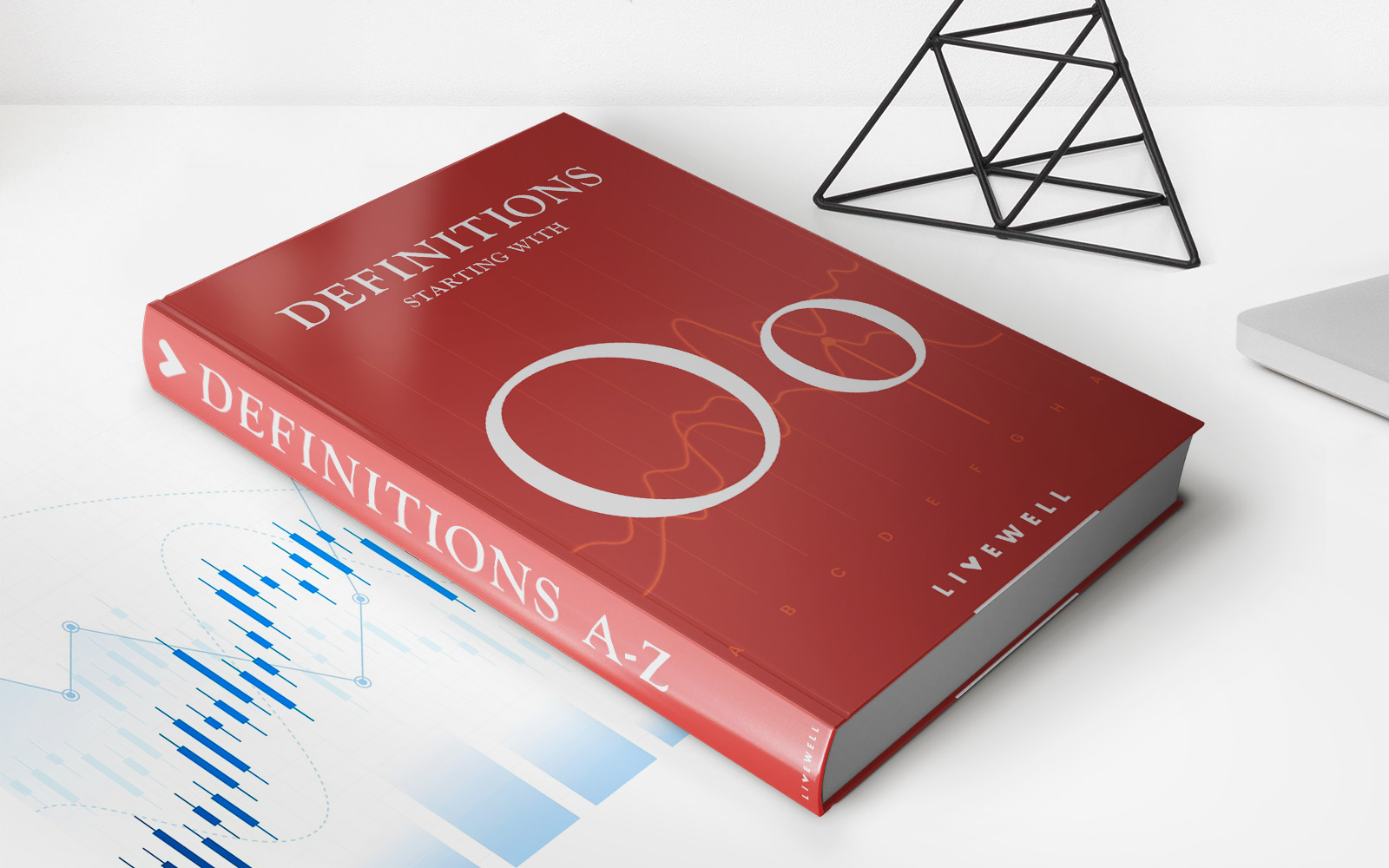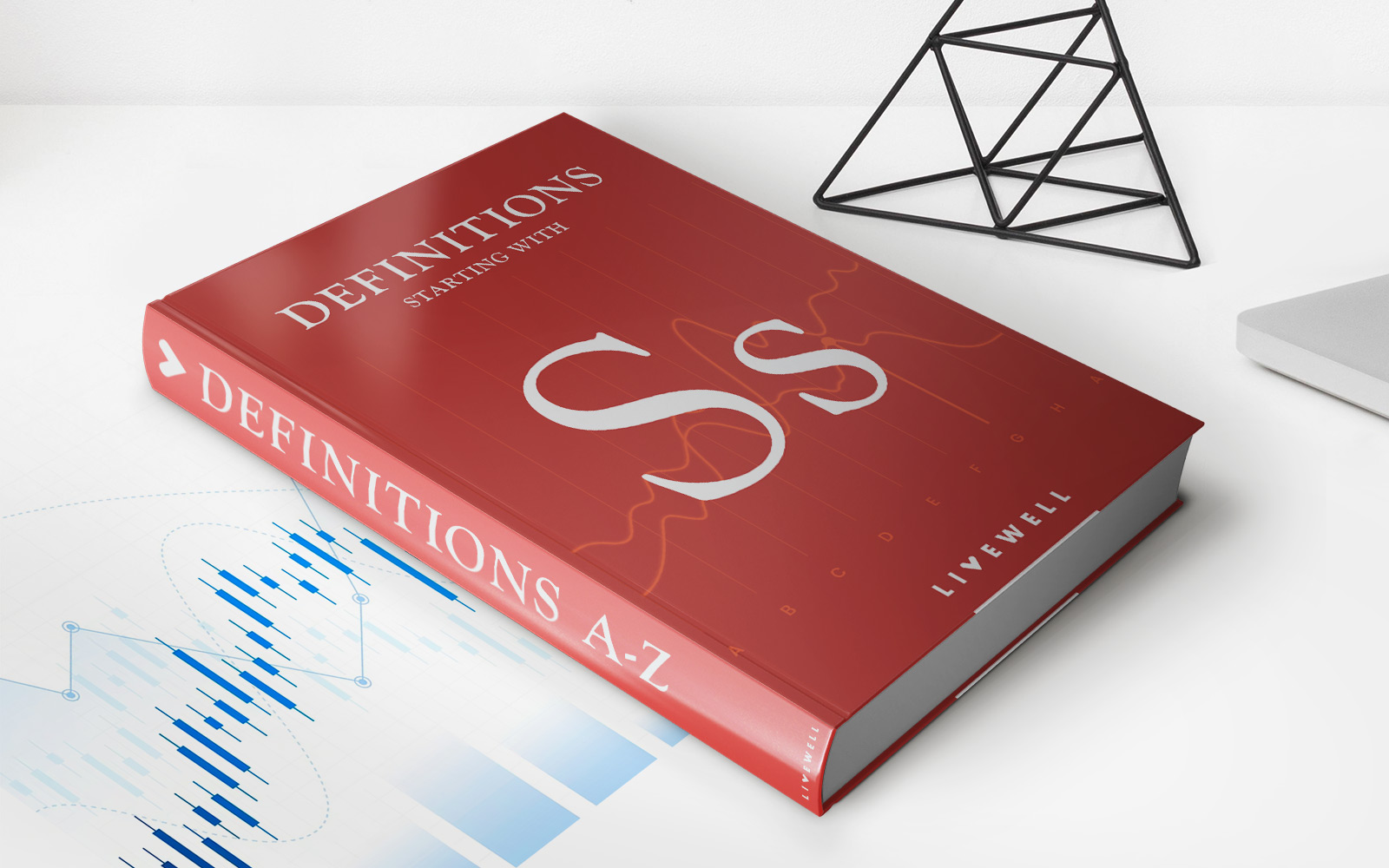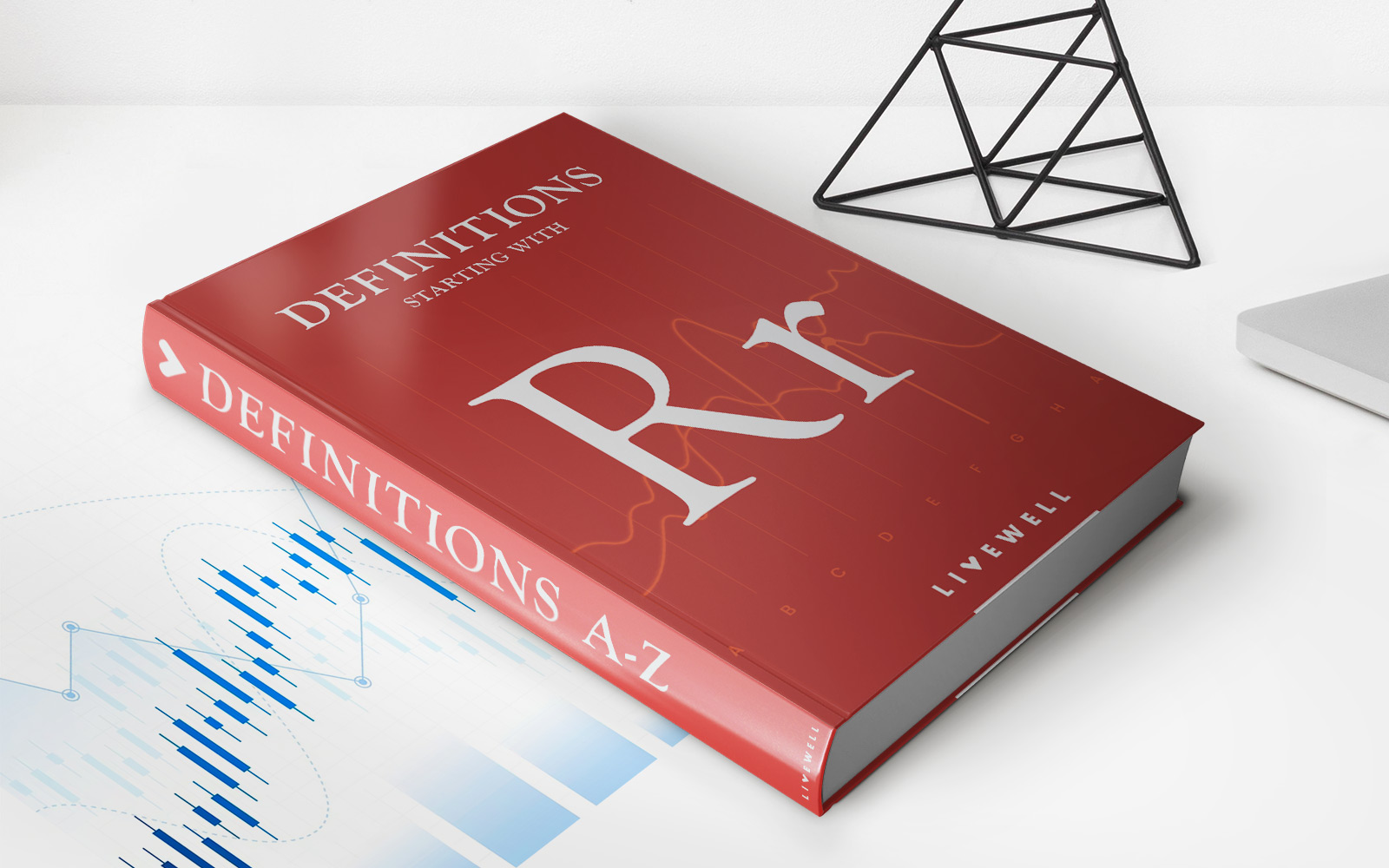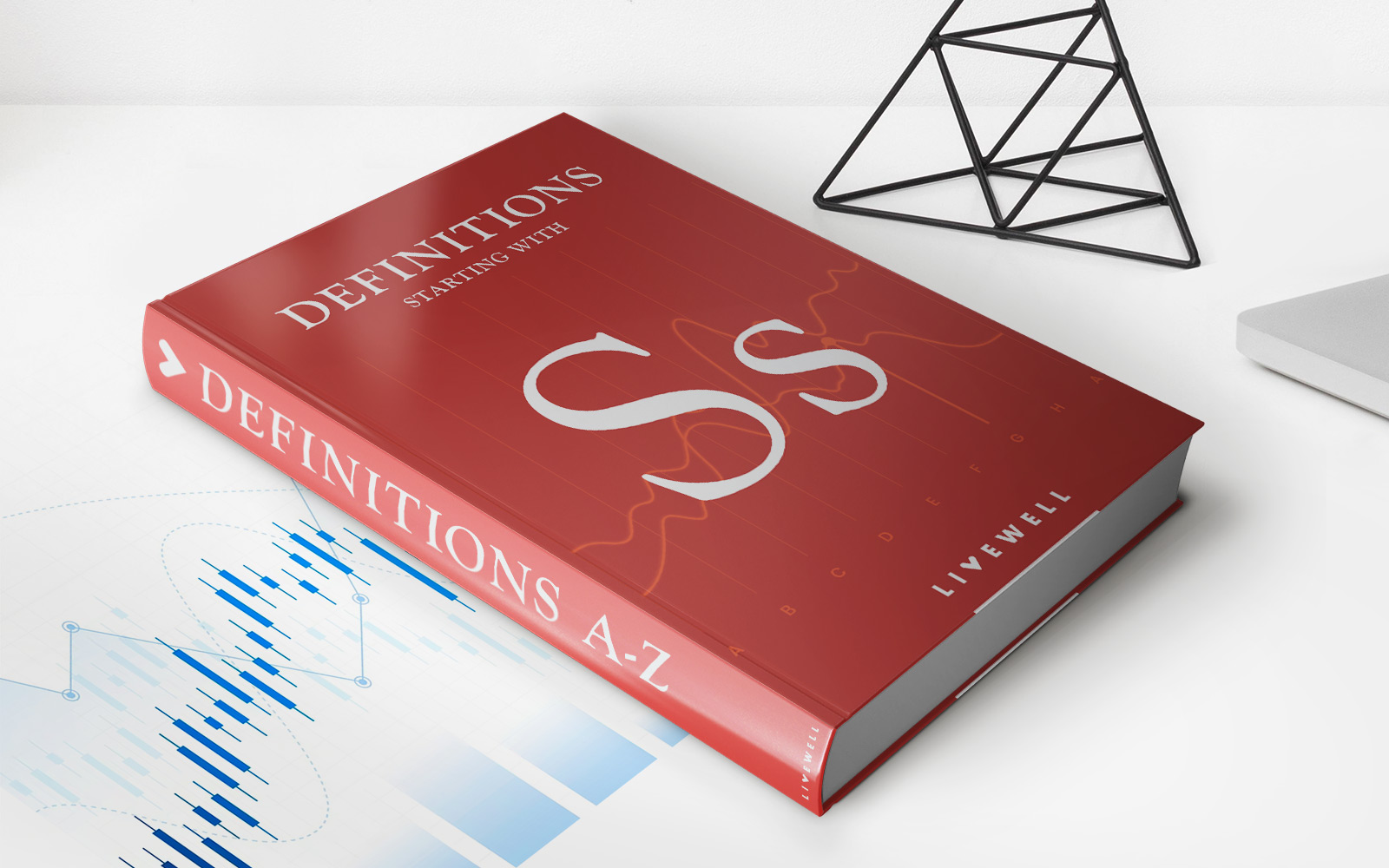Home>Finance>Market Distortion: Definition, Causes, And Examples


Finance
Market Distortion: Definition, Causes, And Examples
Published: December 22, 2023
Learn about market distortion in finance, its definition, causes, and examples. Understand how these distortions impact the financial industry and economy.
(Many of the links in this article redirect to a specific reviewed product. Your purchase of these products through affiliate links helps to generate commission for LiveWell, at no extra cost. Learn more)
Market Distortion: Definition, Causes, and Examples
Welcome to the Finance category of our blog! In this post, we will dive into the fascinating world of market distortion. What exactly is market distortion, what causes it, and what are some examples we can learn from? Read on to find out!
Key Takeaways:
- Market distortion occurs when normal market forces are disrupted, leading to inefficiencies and imbalances.
- Causes of market distortion include government interventions, monopolies, information asymmetry, and external shocks.
What is Market Distortion?
Market distortion happens when the regular functioning of a market is disrupted, causing misallocation of resources and distorting the price mechanism that guides supply and demand. These disruptions can result in inefficiencies, imbalances, and suboptimal outcomes. Market distortions often arise due to external factors that interfere with the natural forces of demand and supply.
Market distortions are not limited to a specific industry or region; they can happen in any market where disruptive influences are present. Governments, companies, and even unforeseen events can all contribute to market distortions. Let’s take a closer look at some common causes of market distortion:
Causes of Market Distortion
1. Government Interventions
Government policies and interventions can have unintended consequences on markets, leading to distortions. Examples of government interventions include price controls, subsidies, tariffs, and regulations. These measures can disrupt the natural market equilibrium, leading to issues such as artificial shortages, price escalations, or stunted competition.
2. Monopolies and Oligopolies
When a market is dominated by a single supplier (monopoly), or a few large firms (oligopoly), it can result in market distortions. These dominant players often have the power to manipulate prices, restrict competition, and control supply, leading to less favorable outcomes for consumers. In such situations, market efficiency and innovation may suffer.
3. Information Asymmetry
Information asymmetry occurs when one party in a transaction has more or better information than the other party. This can lead to distortions in market outcomes, as one party may take advantage of the knowledge imbalance to gain an unfair advantage. Inefficient resource allocation and reduced market efficiency are common consequences of information asymmetry.
4. External Shocks
Unexpected events such as natural disasters, economic crises, or sudden policy changes can also cause market distortions. These external shocks disrupt the normal functioning of markets and can create imbalances in supply and demand, leading to temporary or long-term distortions. For example, a sudden increase in oil prices can impact various industries, affecting prices and production levels.
Examples of Market Distortion
Let’s see a couple of examples to better understand how market distortion can manifest in real-world scenarios:
1. Subsidized Agriculture
In some countries, the government provides subsidies to farmers to support and protect domestic agriculture. While the intention may be noble, these subsidies can distort market prices for agricultural products. Excessive subsidies can lead to overproduction and create a surplus, driving down prices below the fair market value. This can negatively impact farmers in other countries who cannot compete with the artificially low prices.
2. Price-Gouging during Emergencies
During natural disasters or emergencies, some businesses may take advantage of the situation to increase prices significantly. This form of market distortion is known as price-gouging. While businesses argue that the higher prices reflect increased costs and limited supply, it can disproportionately affect vulnerable consumers who require essential goods or services. Price-gouging regulations under these circumstances are meant to protect consumers and prevent market distortions.
In Conclusion
Understanding market distortion is crucial for investors, policymakers, and consumers alike. By recognizing the causes and examples, we can better navigate our way through these market inefficiencies. Whether due to government interventions, monopolies, information asymmetry, or external shocks, market distortions can have wide-ranging impacts on the economy. Stay informed and vigilant to make informed financial decisions!
Thank you for reading this blog post on market distortion. Feel free to explore other articles in our Finance category for more informative and engaging content. If you have any questions or would like to share your thoughts, please leave a comment below.




